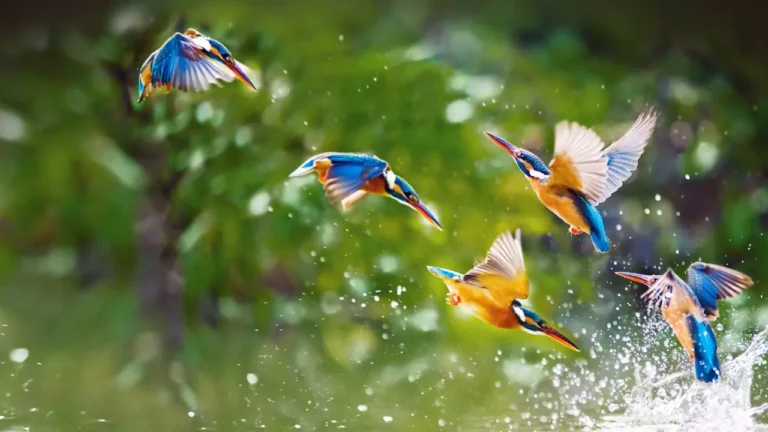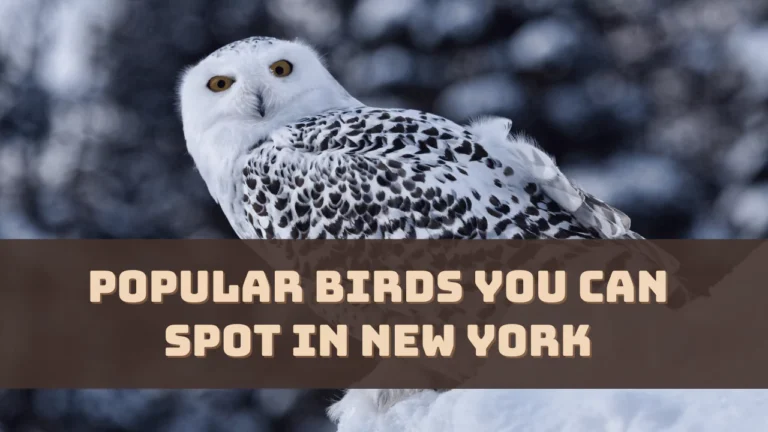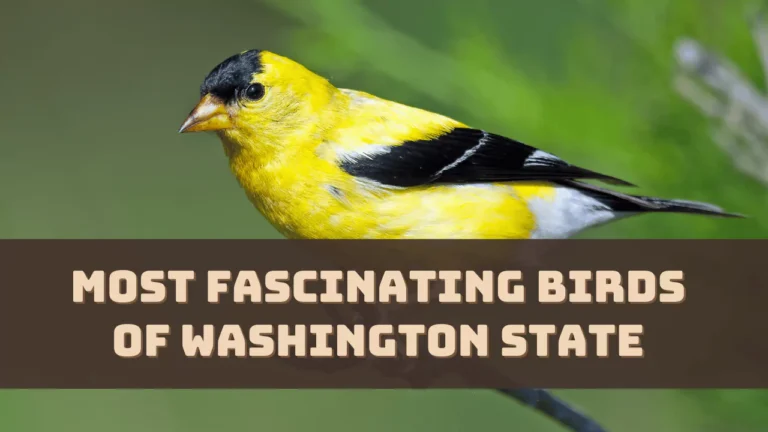Hancock Birds is a phrase used to describe the interconnected space where birds like bald eagles, human intelligence and devotion can co-exist. So, let’s get to know about its uniqueness and how it is an inspiration for spreading awareness and excitement. We will also discuss the Hancock Wildlife Foundation.
The Origin and History of Hancock Birds
Hancock birds have a mythological history and its tale is recorded from different cultural threads, each with a different legend. In many societies Hancock bird is symbolic of metamorphosis and reward while in others it is known for wisdom and understanding.
Hancock birds have always been through a broad perception shift where once they are regarded as guardian ghosts and other times they are known as a symbol of transformation. The imagination rotates from one group to another. They have a great influence on rituals, customs, and fundamental narratives across different societies and have been part of human history.
Symbolic Significance of Hancock Birds
Hancock Birds is regarded as beauty and mystery and poets and painters are drawn towards it as they try to discover a metaphor in the form of independence, resilience, and fleeting aspects of life. In some civilizations, these birds are regarded as a sign of good fortune, a spiritual journey companion, presentation of love and faithfulness, while in a modern context, they are regarded as a reflection of current issues and goals.
The image of a Hancock bird is known for its universal connection and their purpose in the world, which is ever-changing with time. When considering the interpretation of Hancock Birds, in natural history, they hold a unique species listing in the scientific study of plants and animals.
These birds are known to withstand a wide range of weather conditions and environments and have multiple habitats, such as dense forests and open fields. They are known for their colorful feathers which are used to seek mates. They have a remarkable appearance and distinct sound.
Eagle Preservation Initiatives
Hancock wildlife conservation activities are associated with bald eagles. mostly who are a symbol of strength and freedom. Innovative strategies have been designed by wildlife conservationist David Hancock, which underline the importance of scientific research and environmental preservation which are meant for the survival and flourishing of the raptors. The HWF is a community of wildlife conservationists and enthusiasts who conduct in-depth research using live eagle camp to get an insight into the bald eagle’s life.
Wildlife Habitat Conservation
The primary aim of HWF is to protect wildlife habitat as it understands the connection that exists between animals and the environment. There are many processes that they have undertaken to preserve the natural ecosystem. This comprehensive approach benefits bald eagles and fosters biodiversity which is targeted to build a robust environment.
Rehabilitation and Cure for Raptor
HWF also takes rehabilitation initiatives which are offered for wounded and abundant raptors. They have created a safe sanctuary where these birds get a second life. The foundation is an initiative towards commitment that the main goal is to conserve certain animals. They want to increase the resilience of the raptor population by monitoring their progress and releasing only healthy birds back into the wild.
Eagle Cams in Real Time
HWF has engaged in live eagle camp which has made a significant difference in the way humans can associate with wildlife. It helps to provide a glimpse of the eagle’s daily life. They use high-end tools which are intended to minimize the gap between humans and the natural world and it also promotes deeper respect in the form of an effective teaching tool.
Adaptation to Urban Wildlife
With the increase in urbanization, raptors need to adapt to changes in their natural region which is challenging and also provides an opportunity for human-animal interaction. HWF conducts studies on urban wildlife adaptation and chalks out a plan that can help both urban growth and biodiversity preservation.
Building a Conservation Community
The primary aim of HWF camps is to assist animal conservation. They want to inspire individuals of all ages and give them access to resources and educational opportunities that would help them to contribute towards conservation. The primary goal of the educational program is to inspire learning, and curiosity and take actions based on that. HWF organizes public webinars and classroom tools which consist of their initiatives through a wide range.
They are also making real-time conservation efforts by reaching out to people globally through internet streaming technology. This has been helping to spread knowledge and also a sense of unity among the viewers. It has been said that this initiative is helping to develop a passion among the viewers for animals and conservation.
Promoting Eco-tourism
HWF is also associated with promoting eco-tourism and bird watching which is going to create a relationship between leisure and conservation. This helps to raise people’s awareness about the beautiful nature around them and how important it is to conserve and protect these birds for future generations.
David Hancock’s Leadership and Future Prospect
David Hancock is known to be the founder of the ongoing initiative – the impact of bird conservation. He has great expertise and shows dedication to using cutting-edge research to inspire people and become an activist in animal protection.
HWF aims to continue its research using cutting-edge technology, modern techniques and innovations involving advanced monitoring technology, and live streaming services which are going to increase the understanding of wildlife and promote conservation outcomes. The Hancock Wildlife Foundation is an inspiration to us, protecting the incredible bald eagles and it is also an example of conservation excellence.
Eagle Nesting Habitat
HWF mostly focuses on the preservation of various behaviors associated with eagle nesting and teaches about the needs of a bald eagle during the breeding cycle. This information helps in management and planning a conservation strategy keeping in mind the environment. With the help of live eagle cams, one can witness the unique eagles in their real-time as in the nest. This helps to understand how the eagles endure through parenting and chick development. Thus, HWF contributes a lot to providing invaluable data in aspects of research and public education.
Effect of Changing Environment
The environmental changes have had a significant impact on the breeding practices of eagles which involves climate change and habitat deterioration. HWF is also conducting research for the betterment of the eagle population to minimize the negative consequences and promote a healthy bird flock. The data investigated from eagle nesting behavior is used and implemented for habitat protection measures so that these locations can be set free from human interference and also enough food resources should be provided or remain accessible to sustain through the breeding phase.
They are also researching the eagle migration pattern to understand them in a better way and to direct the conservation effort to preserve their migratory route. The tracking technology which involves GPS and satellite telemetry has made a great impact on studying the eagle’s migration pattern.
Now, it can be easily determined – the migration time and the challenges faced by the eagle, based on which conservation plans can be developed that would promote a safe passage for eagles during their annual migration. It would also contribute to the long-term survival of the species.
International Contribution HWF
HWF has also made global conservation contributions to partnerships and joint ventures. They have expanded their workflow to influence and promote bird conservation throughout the world. They are strongly supporting stronger laws to protect the raptor which involves resource and public support. These legislative and policy reforms would benefit the eagles globally.
HWF has made a huge contribution towards the exchange of information with research institutes and conservation organizations, across the world. The partnership has made it much more effective to carry forward their conservation initiative and also take a stand against the disappearance and destruction of the habitat. They are conducting educational programs and services that target the global audience’s awareness of eagle conservation and bring collective support for their sustainability.
Adapting to Climate Change
HWF is also implementing new technologies to tackle climate change and overcome the obstacles laid by urbanization. They are also forming strategies to tackle climate change which include alteration in the migration pattern, food supply reduction, and destruction of habitat. HWF is taking initiatives towards developing adaptive management strategies to help the eagle population survive in the changing world.




